
In 2003, Swiss archaeologists Charles Bonnet and Matthieu Honegger discovered a cache of forty fragments of black granite statues at Doukki Gel in Upper Nubia - now Sudan. The dismembered stones revealed seven magnificent monumental statues of the five black pharaohs, the African sovereigns who ruled over Nubia and Egypt for almost a century, from 747 BC to 656 BC. Charles Bonnet's book retraces the history of the lengthy excavations carried out at Kerma, the ancient capital of the Kingdom of Kush (1), which unearthed this statuary as well as impressive monuments testifying to the power of the rulers of the Kingdom of Nubia.
It is to him that we owe the resurrection of this territory. His exceptional discovery and research into the site of the ancient capital, Kerma, has brought this forgotten, little-known history out of the shadows. A bridge between Central Africa and the Mediterranean basin that the author invites us to reintegrate into the history of civilisations. "As we have seen after fifty years of research, Egyptian texts and archaeological remains have demonstrated that the Nubians developed an organisation and techniques that are entirely comparable to those of the peoples of the north, who are considered to be more advanced.
The posthumous rebirth of the kingdom of Kush

It was by chance that Bonnet came to Sudan in 1965. At the time, it was complicated to carry out excavations in Egypt, where there were thousands of projects. The young archaeologist decided to go to Sudan and start digging at Kerma, a site on the banks of the Nile, 500 km north of Khartoum.
The gigantic work he carried out there, with the help of a French archaeological mission and the local population, for three months every winter for more than 50 years, made it possible to document an entire chapter in the history of Nubia and the relationship between Black Africa and the Mediterranean world, Egypt in particular. His work sheds light on the kingdom of Kush, which emerged in Sudan around 2500 BC, around Kerma, the capital of the first Nubian kingdom located near the 3rd cataract of the Nile. This state long posed a threat to the Pharaonic state, until it was colonised by Egypt around 1500 BC.
The decline of Northern Egypt
This "buffer zone", Upper Nubia, was overflowing with wealth. It was also a trading area that the leaders of Pharaonic Egypt wanted to control in order to obtain certain highly sought-after goods: gold (Nubia comes from the Egyptian word nubwhich means gold), ebony, ivory, feline skins, prisoners, slaves, soldiers, etc. Kerma was to become increasingly important during the Egyptian occupation and was rebuilt as a "fortress". menénouThis fortified pharaonic structure was designed to manage the conquered territories. Over this immense territory, several menénou are built, so important are the networks of exchanges.
But after the glorious reign of Ramses II (1304 / 1301 BC - 1213), third pharaoh of the 19th dynasty (New Kingdom - 1500 to 1070 BC), the power of the pharaohs weakened. Power gradually disintegrated. When Ramses II died, he left a hundred or so children to fight over his succession. In Thebes (now Luxor), the religious capital, the high priests of Amun, flouting tradition, set themselves up as candidates for the throne. The decline of Egypt began and lasted for twelve centuries. Egypt was attacked by the Libyans, the Assyrians, the Sardinians... Reign after reign, the country sank into a kind of anarchy.
From 1000 BC onwards, the Nubian populations resumed their traditions, while retaining some of what they had learned from Egypt. Despite Egypt's military and cultural domination, Nubia somehow retained its ancient practices, which can be seen in certain temples built on circular or oval bases. Even if, during the conquest, the rounded buildings of Doukki Gel (a town very close to Kerma) were adapted to the quadrangular plans of the Egyptians.
The period of the Black Pharaohs of Dynasty XXV
In the 8th century BC, at a time when Egypt was falling from grace, the kingdom of Kush, centred around its capital Napata and the great temple of Amun on Jebel Barkal - "the Pure Mountain" - was prospering. Taking advantage of Egypt's weakness, the Kushite king Piânkhy (741 BC to 713 BC), seized the land of the pharaohs and claimed the throne. The Nubian soldiers, most of them archers - Nubia was then known as Ta-Seti, "the land of the bow" - crushed the many Egyptian kingdoms vying for power. At their head was King Piânkhy, a dark-skinned ruler who was the first link in the XXVth dynasty to reign over Egypt. He died after virtually completing the reunification of Egypt. Under the reign of these "burnt face" kings, unified Egypt enjoyed a period of prosperity and artistic renewal, a flourishing era for the entire country that lasted almost 90 years, between 747 BC and 656 BC. Relations with Egypt were transformed. These African kings "The Assyrians are threatening the entire Nile Valley".says Charles Bonnet.
But the Nubian dream in Egypt was short-lived, and the 25th dynasty succumbed to the blows of the Assyrians and the kings of the Delta. In 664 BC, the last black pharaoh, Tanoutamontook refuge in Thebes. The battle was terrible: the city was completely destroyed. The last representative of the dynasty fled to Napata, ceding the throne to Psammetic I(XXVIth dynasty), pharaoh of a new Egyptian lineage, which nevertheless largely perpetuated the legacy of the "black pharaohs". Nubia retained its power, however, and kingdoms continued to develop in southern Egypt, such as those of Napata, which was already important, and then of Méroéfamous for its pyramids.
Excavations at Kerma and Doukki Gel
The existence of an archaeological site at Kerma, a town to the south of the Nile's 3rd cataract, was known as early as the 1820s. European travellers who followed the course of the river in Middle Nubia were familiar with the remains of the majestic religious complex that still stands today, 20 metres high in the middle of the desert, and which the local population calls "Defuffa".
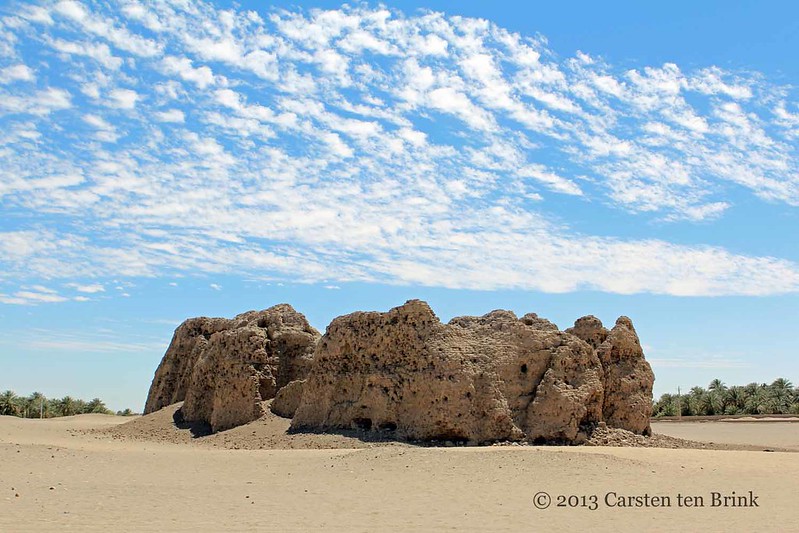
In 1913, the first archaeologist to excavate the site, the American Georges A. Reisner (1867-1942) had described the site as an Egyptian complex, but this was a mistake... Bonnet set about excavating and found that the palace did not date from the period described, but that there were fourteen earlier periods, and when he excavated alongside it, he found up to 40 periods. So this was a great Nubian religious centre and Kerma was the capital of a great civilisation, with an extraordinary political, religious and military organisation, whose golden age ran from 2500 to 1200 BC. This complex has nothing to do with Egypt; it's a different, African civilisation, "It's true that they don't write, but their cultural development is undeniable.writes Charles Bonnet.
Discovery of the statues at Doukki Gel
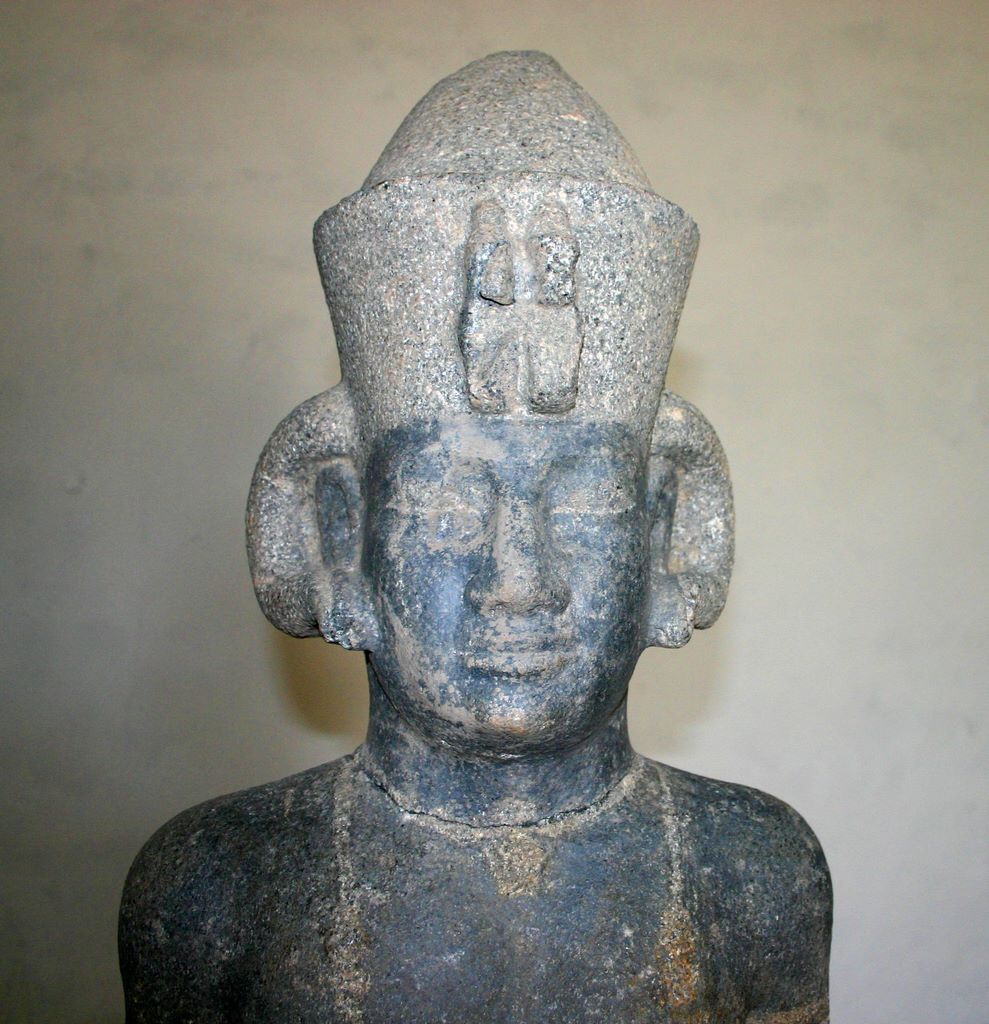
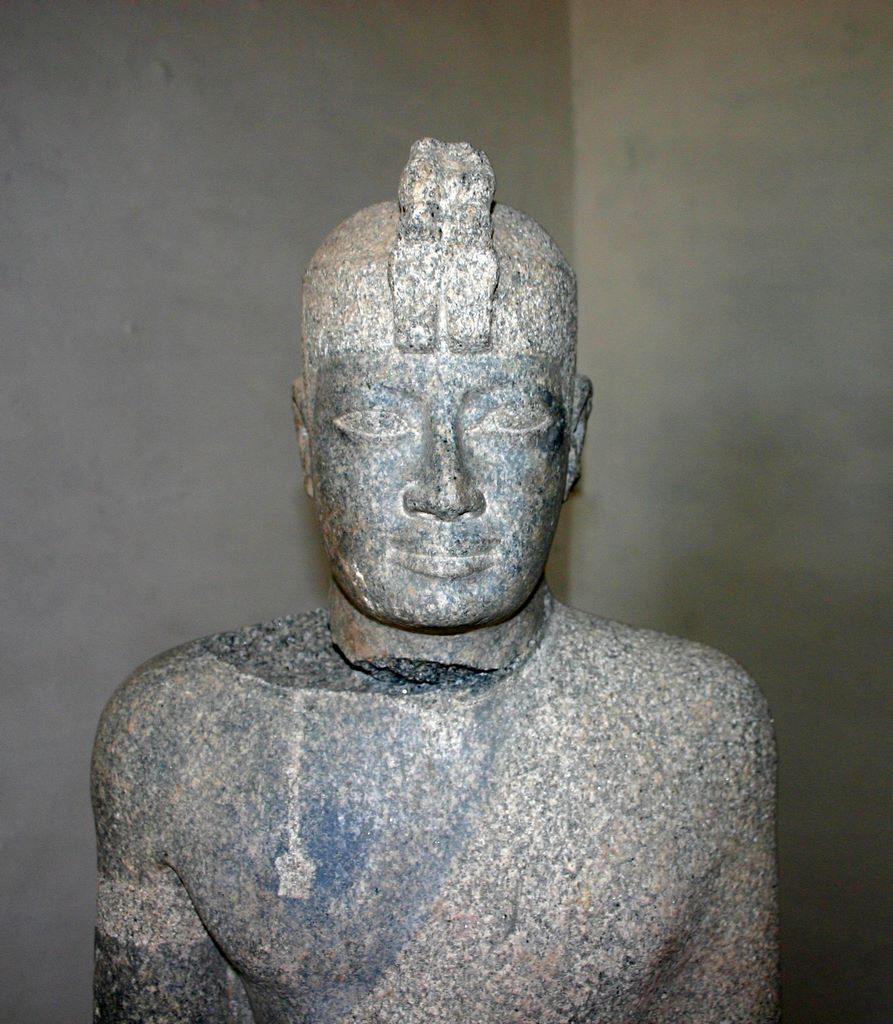
Heads of King Senkamanisken who reigned from 640 BC to 620 BC at Napata and of his son Anlamani who reigned from 620 BC to 580 BC just after their discovery at Doukki Gel. © B. Postel.

In January 2003, at Dukki Gel, a town close to and contemporary with Kerma, the Swiss archaeologist unearthed 40 fragments of seven superb monumental statues, along with their ornaments - glass plates, lapis lazuli and gold leaf. They represent the last two kings of the 25th Dynasty, Taharqa and Tanoutamon, and three of their successors, Senkamanisken, Anlamani and AspeltaThese statues had been deliberately broken in order to destroy the 'power' of the pharaohs represented. These statues had been deliberately broken, in order to destroy the "power" of the pharaohs represented: they are all broken at the head and leg level, sometimes also the arms, the nose... but are in a remarkable state of preservation.
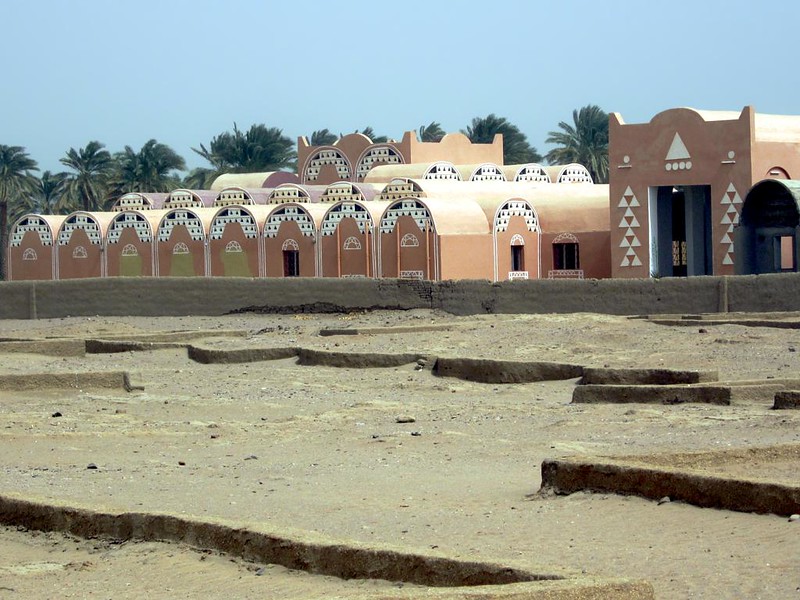
It took several years to study and restore these statues, which are now on display in the museum in Kerma, Sudan, specially built to house them.
This discovery confirms that black populations had formed a very important civilisation.
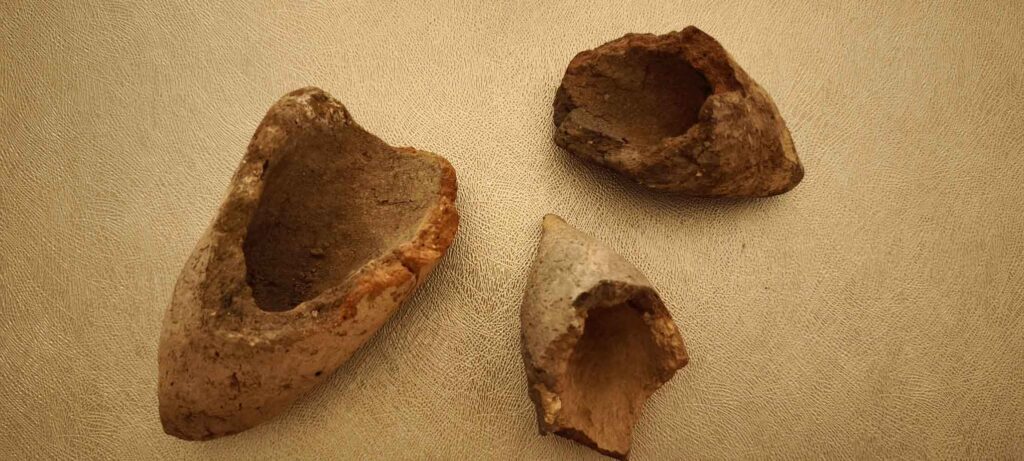
It took Charles Bonnet twenty years to gain recognition for his work, and he also had to oppose the Africanocentric ideas of Cheikh Anta Diop (1923-1986), who claimed that Egypt gave Africa a unified civilisation and that this Egyptian civilisation was black. However, the Egyptian population was white, and there is no unified African civilisation stemming from Egypt. Bonnet's discoveries show that, from ancient times, Central Africa was also the source of complex civilisations and powerful kingdoms. This is an immense field of research for young archaeologists. Many remains remain to be discovered in Sudan. The danger is that they will be destroyed because of the civil war that is still raging there.
Charles Bonnet is an Officier de l'Ordre des Arts et Lettres, Member of the Académie des Inscriptions et Belles-Lettres, Visiting Professor at the Collège de France, Associate Professor at the University of Geneva, Doctor honoris causa of the Universities of Louvain-la-Neuve and Khartoum, Commander of the Order of the Two Nils in Sudan and Officier de l'Ordre des Arts et des Lettres in France.
1 - Kush is one of the names that the ancient Egyptians gave to Middle and Upper Nubia.
Text : Brigitte Postel
Photo opening : Statues of the Black Pharaohs. Kerma Museum. Matthias Gehricke.
Photos : Swiss-French-Sudanese Archaeological Mission, unless otherwise stated.

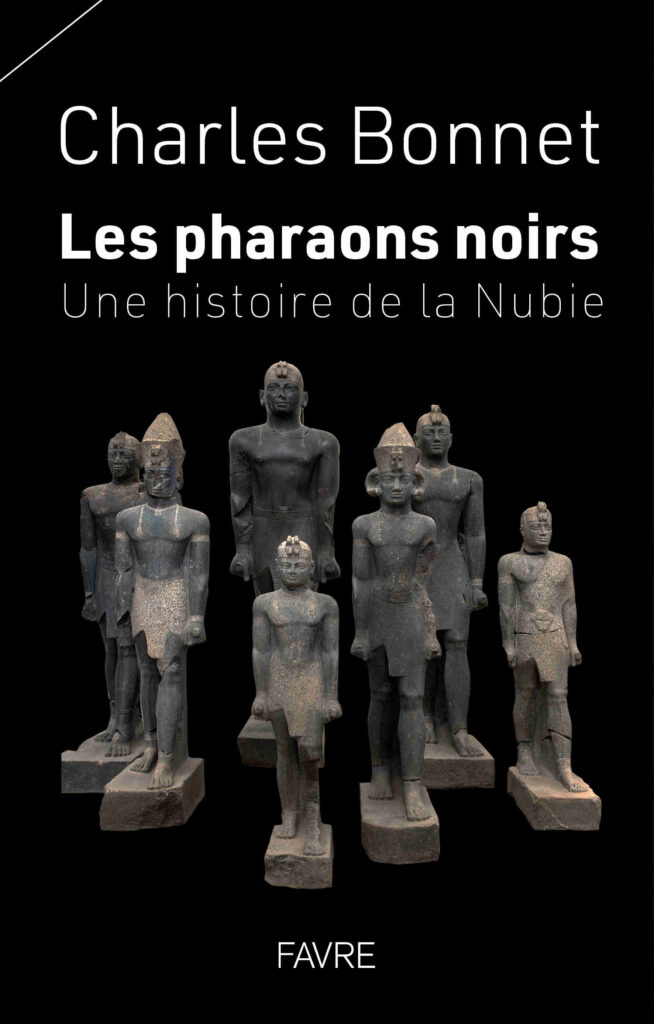
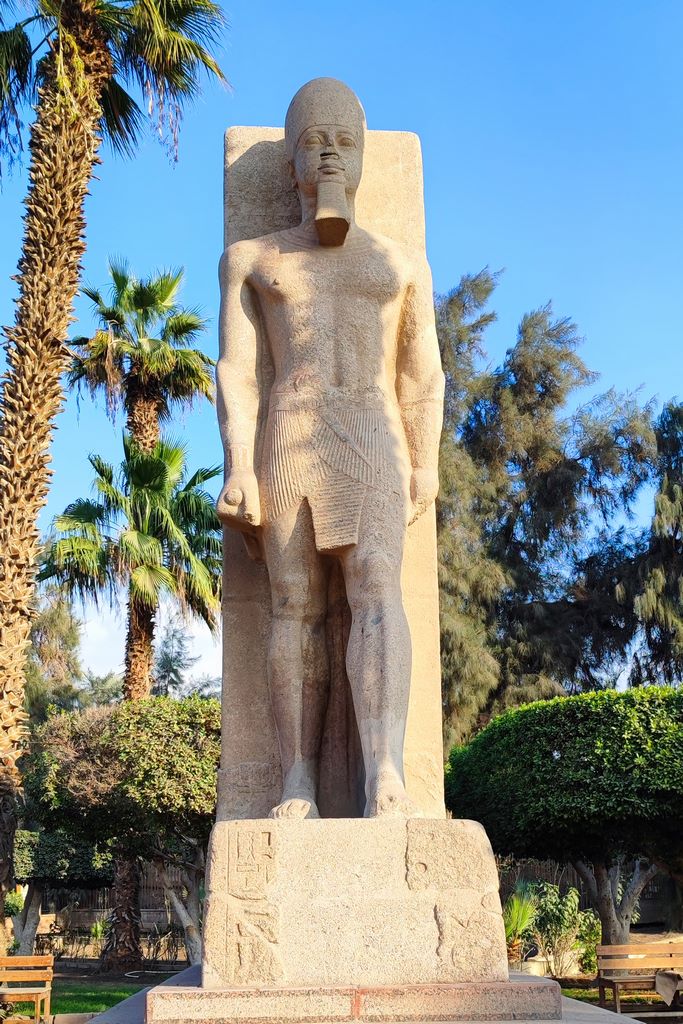
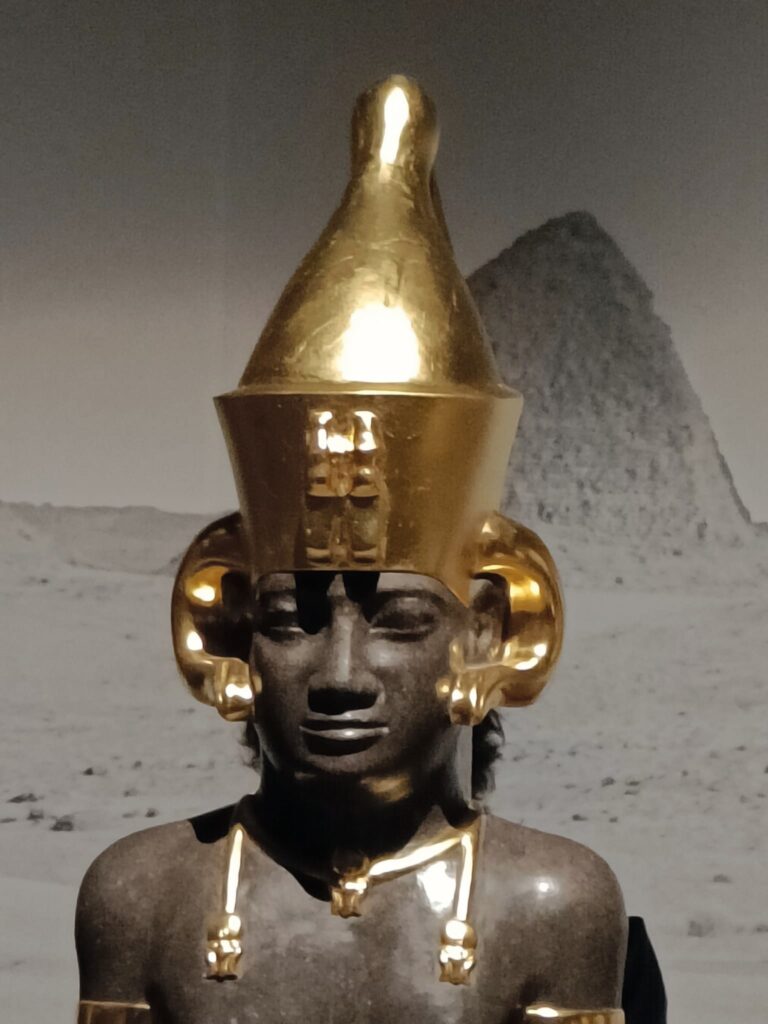
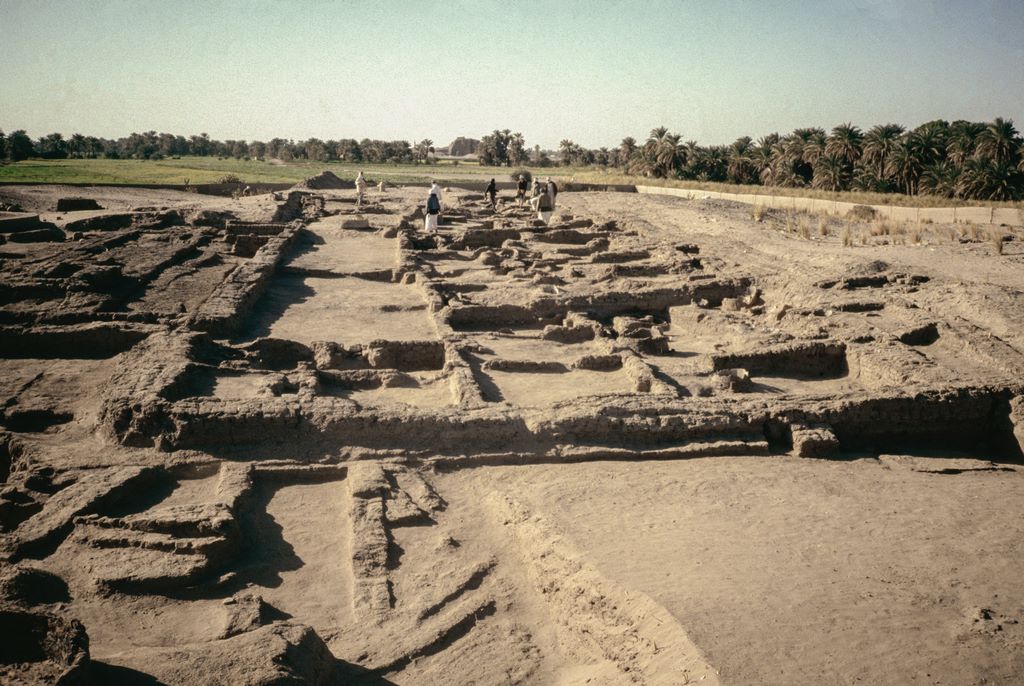
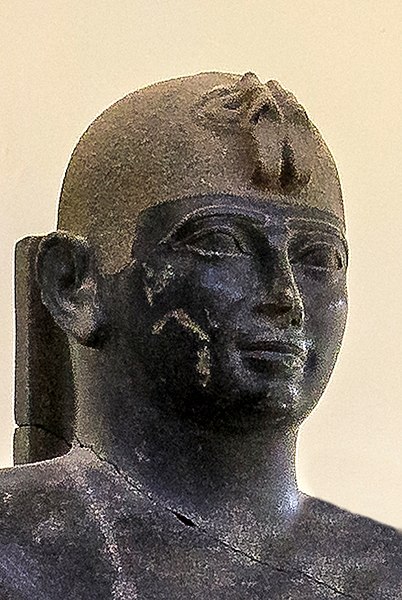


Beautiful document!
Thank you Brigitte!